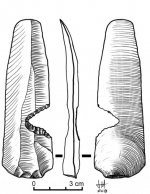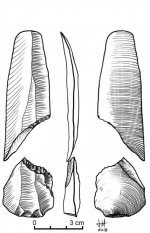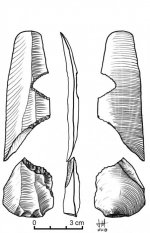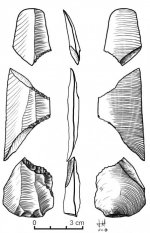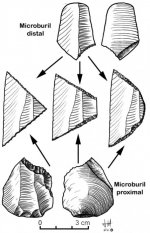LeBrok
Elite member
- Messages
- 10,261
- Reaction score
- 1,617
- Points
- 0
- Location
- Calgary
- Ethnic group
- Citizen of the world
- Y-DNA haplogroup
- R1b Z2109
- mtDNA haplogroup
- H1c
(If I may). I agree. HGs don't need to be "mobile" hunters, following migratory animals, to populate and live through a vast territory. The sedentary HGs migrate too, and likewise they follow their prey. It just happens in "slow motion", in scale of centuries. In this case WHG expended North due to warming climate. Following their prey, and whole biological environment, expending North.I think that's absolutely correct, but I think the WHG could have been following deer and other smaller game as their range moved from south to north as well, don't you think?
Other way to look at it is that, they moved geographically, but they remained sedentary in same climatic and biological zone.
Like a dagger in nationalistic heart.In this case, the definition of "Middle Easterner" is time dependent. The "Middle Easterners" of 12,000 years ago are not the "Middle Easterners" of today. The same is true for the definition of "European".



